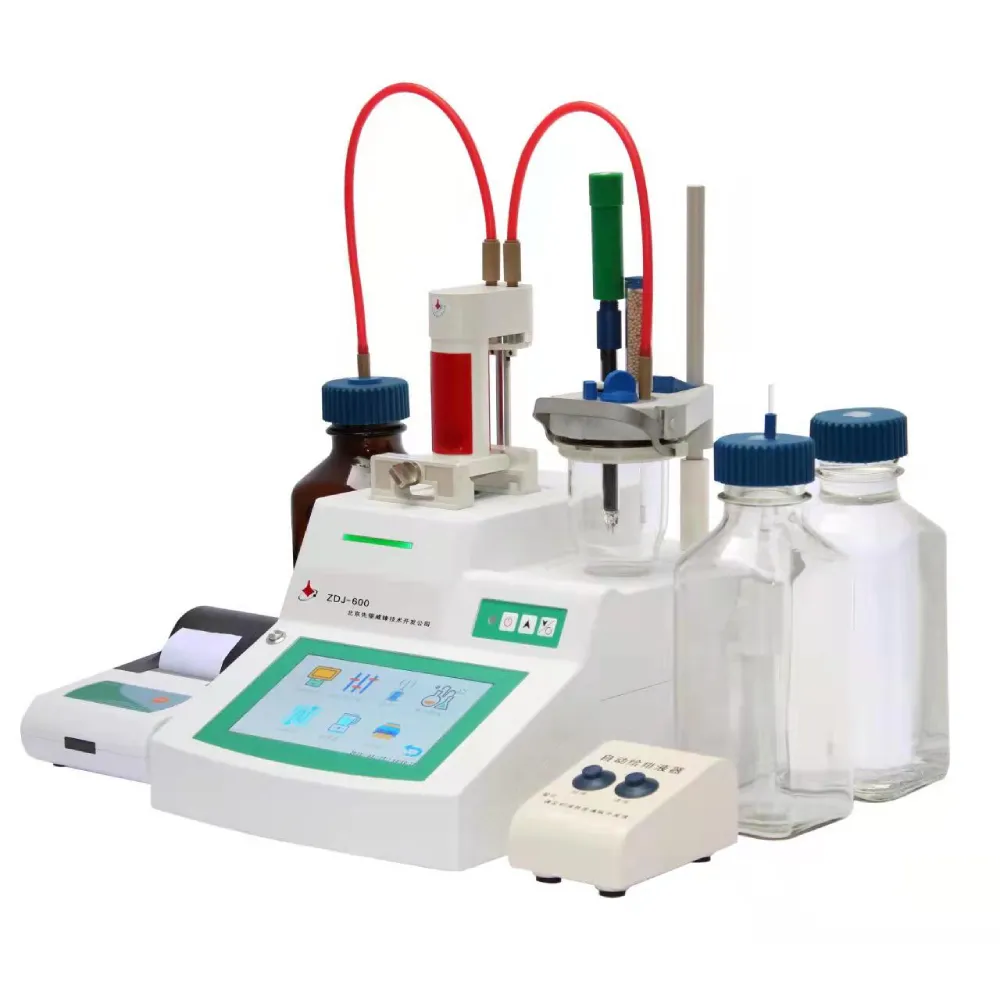 English
English



-
 Afrikaans
Afrikaans -
 Albanian
Albanian -
 Amharic
Amharic -
 Arabic
Arabic -
 Armenian
Armenian -
 Azerbaijani
Azerbaijani -
 Basque
Basque -
 Belarusian
Belarusian -
 Bengali
Bengali -
 Bosnian
Bosnian -
 Bulgarian
Bulgarian -
 Catalan
Catalan -
 Cebuano
Cebuano -
 China
China -
 China (Taiwan)
China (Taiwan) -
 Corsican
Corsican -
 Croatian
Croatian -
 Czech
Czech -
 Danish
Danish -
 Dutch
Dutch -
 English
English -
 Esperanto
Esperanto -
 Estonian
Estonian -
 Finnish
Finnish -
 French
French -
 Frisian
Frisian -
 Galician
Galician -
 Georgian
Georgian -
 German
German -
 Greek
Greek -
 Gujarati
Gujarati -
 Haitian Creole
Haitian Creole -
 hausa
hausa -
 hawaiian
hawaiian -
 Hebrew
Hebrew -
 Hindi
Hindi -
 Miao
Miao -
 Hungarian
Hungarian -
 Icelandic
Icelandic -
 igbo
igbo -
 Indonesian
Indonesian -
 irish
irish -
 Italian
Italian -
 Japanese
Japanese -
 Javanese
Javanese -
 Kannada
Kannada -
 kazakh
kazakh -
 Khmer
Khmer -
 Rwandese
Rwandese -
 Korean
Korean -
 Kurdish
Kurdish -
 Kyrgyz
Kyrgyz -
 Lao
Lao -
 Latin
Latin -
 Latvian
Latvian -
 Lithuanian
Lithuanian -
 Luxembourgish
Luxembourgish -
 Macedonian
Macedonian -
 Malgashi
Malgashi -
 Malay
Malay -
 Malayalam
Malayalam -
 Maltese
Maltese -
 Maori
Maori -
 Marathi
Marathi -
 Mongolian
Mongolian -
 Myanmar
Myanmar -
 Nepali
Nepali -
 Norwegian
Norwegian -
 Norwegian
Norwegian -
 Occitan
Occitan -
 Pashto
Pashto -
 Persian
Persian -
 Polish
Polish -
 Portuguese
Portuguese -
 Punjabi
Punjabi -
 Romanian
Romanian -
 Russian
Russian -
 Samoan
Samoan -
 Scottish Gaelic
Scottish Gaelic -
 Serbian
Serbian -
 Sesotho
Sesotho -
 Shona
Shona -
 Sindhi
Sindhi -
 Sinhala
Sinhala -
 Slovak
Slovak -
 Slovenian
Slovenian -
 Somali
Somali -
 Spanish
Spanish -
 Sundanese
Sundanese -
 Swahili
Swahili -
 Swedish
Swedish -
 Tagalog
Tagalog -
 Tajik
Tajik -
 Tamil
Tamil -
 Tatar
Tatar -
 Telugu
Telugu -
 Thai
Thai -
 Turkish
Turkish -
 Turkmen
Turkmen -
 Ukrainian
Ukrainian -
 Urdu
Urdu -
 Uighur
Uighur -
 Uzbek
Uzbek -
 Vietnamese
Vietnamese -
 Welsh
Welsh -
 Bantu
Bantu -
 Yiddish
Yiddish -
 Yoruba
Yoruba -
 Zulu
Zulu
Enhancing Efficiency with Advanced Neural Language Transformer Models
The NLTC Transformer A Breakthrough in Natural Language Processing
In recent years, the field of Natural Language Processing (NLP) has witnessed significant advancements, and among the most groundbreaking innovations is the NLTC (Non-Linear Tensorial Context) Transformer. This architecture marks a pivotal evolution in how machines understand and generate human language, breaking away from traditional linear models to harness the power of non-linear representations and tensor computations.
At its core, the NLTC Transformer builds upon the foundational principles laid out by the original Transformer model introduced by Vaswani et al. in 2017. The Transformer revolutionized NLP by utilizing self-attention mechanisms to replace recurrent neural networks (RNNs) and convolutional neural networks (CNNs). This allowed for more parallelization during training and better handling of long-range dependencies within text.
However, researchers identified that while the standard Transformer showed impressive capabilities, it still operated under linear assumptions that sometimes led to limitations in capturing complex linguistic relationships. Enter the NLTC Transformer, which integrates non-linear tensor operations to provide a more sophisticated approach to contextual information processing.
One of the key innovations of the NLTC Transformer is its ability to utilize higher-dimensional tensors, which can represent a more comprehensive range of relationships between words, phrases, and sentences. By moving beyond the matrix-based representations typical of older models, NLTC can effectively capture not just the linear interactions, but also the intricate, multi-dimensional connections that exist in language. This enables the model to understand nuances, idiomatic expressions, and even emotional tones more effectively.
nltc transformer

Another significant benefit of the NLTC architecture is its enhanced efficiency. Traditional Transformers can become computationally expensive, especially with longer sequences of text. The NLTC model employs advanced optimization techniques that reduce memory usage and processing time without sacrificing the richness of the generated output. This makes it more feasible for deployment in real-world applications, from chatbots to content creation tools.
Moreover, the NLTC Transformer has shown remarkable performance in various benchmarks across multiple NLP tasks, including translation, summarization, and sentiment analysis. In many cases, it has outperformed not only traditional Transformers but also other state-of-the-art models in the field. This success can be attributed to its innovative approach to understanding context, which allows for more human-like interactions in conversational AI and greater accuracy in information retrieval.
The potential applications of the NLTC Transformer are vast and varied. In the realm of customer service, for example, it can facilitate more natural and effective interactions between users and AI, leading to higher satisfaction rates. In educational technologies, it can provide personalized learning experiences by understanding a student’s unique language use patterns. Furthermore, as businesses increasingly rely on analytics, the NLTC Transformer could improve sentiment analysis tools, providing deeper insights into consumer opinions and trends.
In conclusion, the NLTC Transformer is a remarkable advancement in Natural Language Processing, pushing the boundaries of what machines can achieve in understanding human language. By embracing non-linear tensorial contexts, it offers a more nuanced and effective approach to language interpretation, setting the stage for the next generation of AI applications. As research continues to evolve in this area, the implications for technology, communication, and information dissemination are bound to be profound, promising a future where interactions with machines will be more seamless and intuitive than ever before.
-
Using Distillation Range Testers in the Food and Beverage IndustryNewsApr.16,2025
-
The Impact of IoT on Distillation Range Tester PerformanceNewsApr.16,2025
-
The Best Distillation Range Testers for Extreme ConditionsNewsApr.16,2025
-
How Distillation Range Testers Save Time and MoneyNewsApr.16,2025
-
Distillation Devices for Advanced Separation TechniquesNewsApr.16,2025
-
Common Mistakes to Avoid When Using a Distillation Range TesterNewsApr.16,2025



